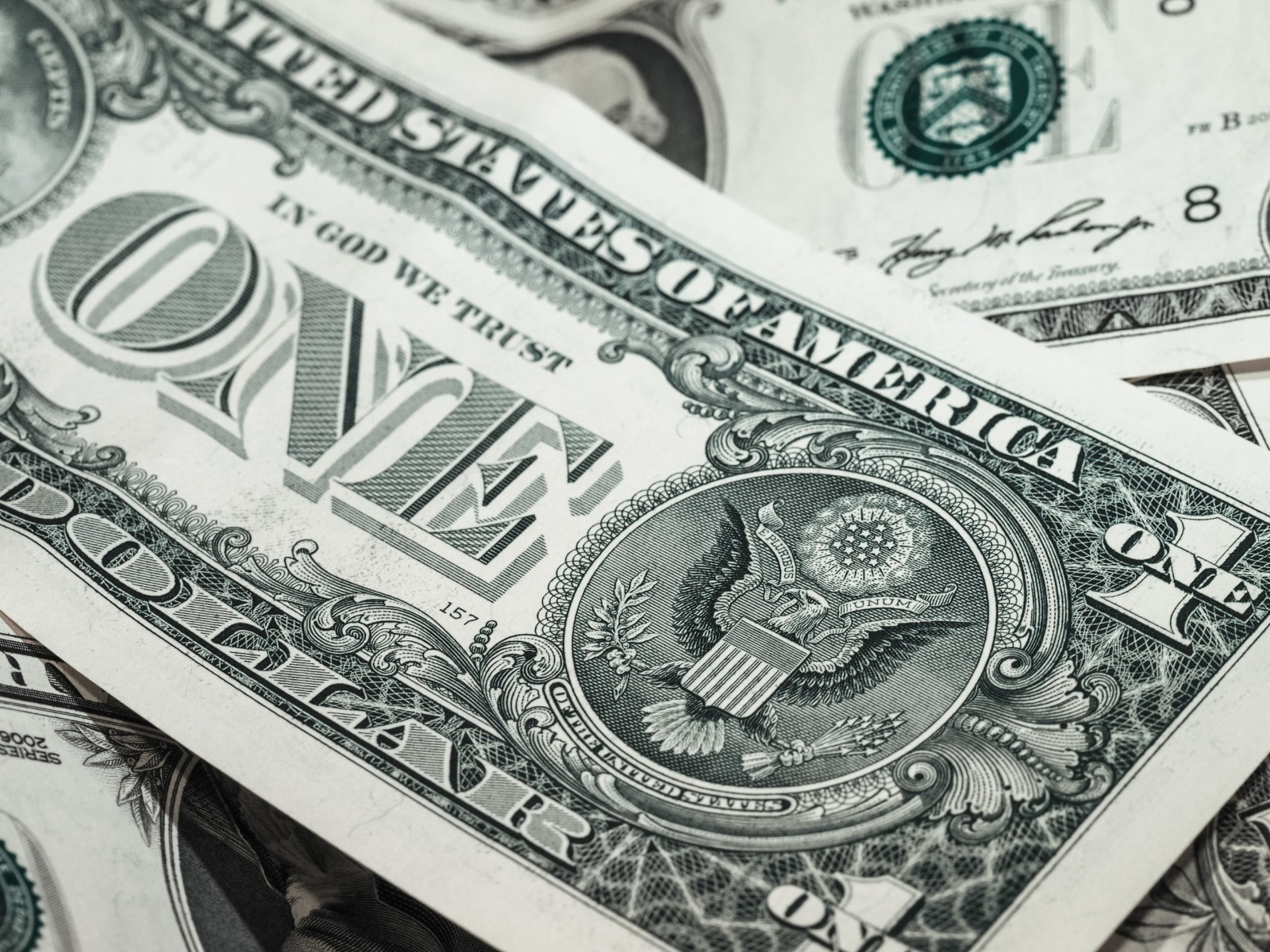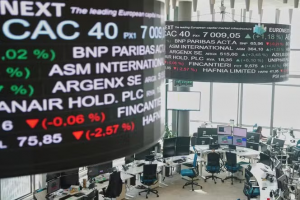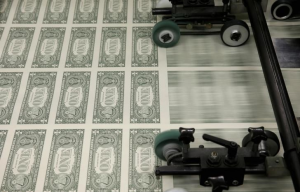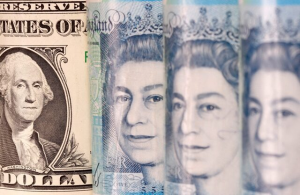Despite the temporary truce that has eased trade tensions between the United States and China, Bank of America maintains its negative outlook for the U.S. dollar, considering that the recent recovery of the dollar is tactical rather than a structural change in trend. Analyses indicate that there are still strong opposing factors negatively affecting the U.S. currency in the medium term.
The uncertainty in economic policies continues to cast a shadow over the markets, as trade tensions have only temporarily halted. Market volatility is expected to return later this summer as deadlines for tariff exemptions approach, raising concerns about the future of the dollar.
In terms of the real economy, the U.S. economy shows signs of slowing compared to before the outbreak of the trade war, due to weak investment and declining business confidence. Additionally, the dollar is suffering from negative effects due to the shrinking surplus in the U.S. current account, which limits the necessary investment flows to support the currency.
At the same time, institutional investors are reassessing their investment portfolios, leading to continued outflows of capital from the U.S. market, which adds further pressure on the dollar. Moreover, the financial uncertainty, with potential implications for Treasury bonds and inflation expectations, increases the risks facing the currency.
Moreover, the political bias of policymakers towards adopting lower interest rates and a weaker dollar continues, which increases the likelihood of a long-term decline in the dollar's value. In light of these factors, Bank of America remains expecting a drop in the value of the U.S. currency despite periods of temporary calm.
The report highlights that the structural forces facing the dollar are strong and complex, indicating further volatility and instability in the coming period, with the likelihood of continued depreciation of the dollar in the medium term.













